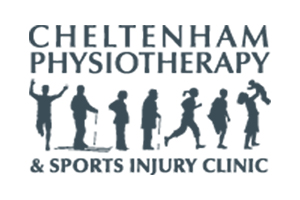Elbow fractures may result from a fall, a direct impact to the elbow, or a twisting injury to the arm. Sprains, strains or dislocations may occur at the same time as a fracture. X-rays are used to confirm if a fracture is present and if the bones are out of place. Sometimes a CT (Computed Tomography) scan might be needed to get further detail.
The different types of elbow fractures include:
Radial head and neck fracture
Pain is usually worse with forearm rotation (turning the palm up and down). The treatment for this fracture depends on the number and size of the bone fragments. Complex fractures often require surgery to repair and stabilize the fragments or to remove or replace the radial head if there are too many bony pieces.
Olecranon fractures
These fractures are usually displaced and require surgery. The bone fragments are re-aligned and held together with pins and wires or plates and screws.
Fractures of the distal humerus
These fractures occur commonly in children and in the elderly. Nerve and/or artery injuries can be associated with these types of fractures and must be carefully evaluated by your doctor. These fractures usually require surgical repair with plates and/or screw, unless they are stable.
Pain, swelling, bruising and stiffness in and around the elbow may be signs of a possible fracture. A snap or pop at the time of injury may be felt or heard. Visible deformity might mean that the bones are out of place or that the elbow joint is dislocated. There may be numbness or weakness in the arm, wrist and hand.
Fractures that are out of place or unstable are more likely to require surgery. A surgical procedure would replace and stabilize the fragments or remove bone fragments. Whenever a fracture is open (skin broken over the fracture), urgent surgery is needed to clean out the wound and bone to minimize the risk of infection.
Non-surgical treatment such as using a sling, cast or splint is typically used when the bones are at low risk of moving out of place or when the position of the bones is okay as is. Age is also an important factor when treating elbow fractures. Casts are used more frequently in children, as their risk of developing elbow stiffness is small; however, in an adult, elbow stiffness is much more likely. Rehabilitation directed by your doctor is often used to maximize motion and decrease the chance of getting elbow stiffness. This might include exercises, scar massage, ultrasound, heat, ice and splints that stretch the joint.






